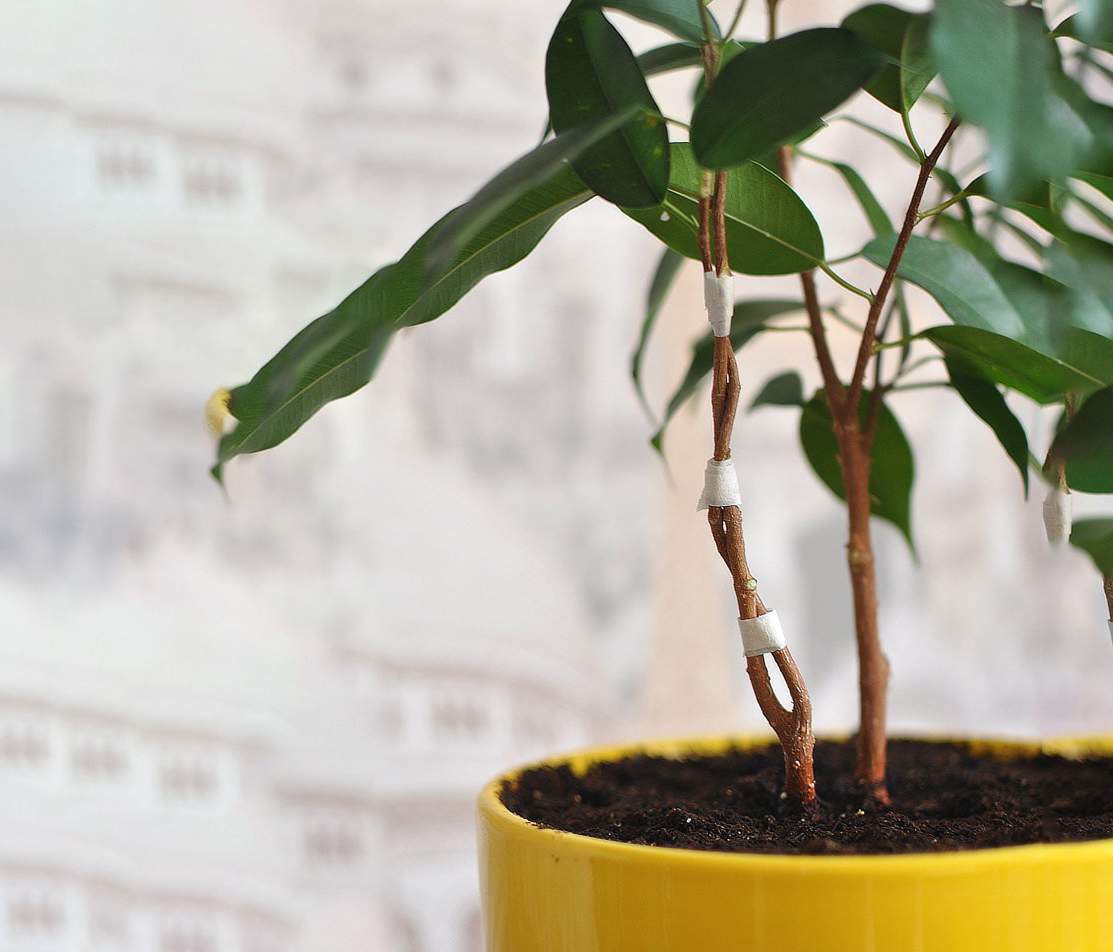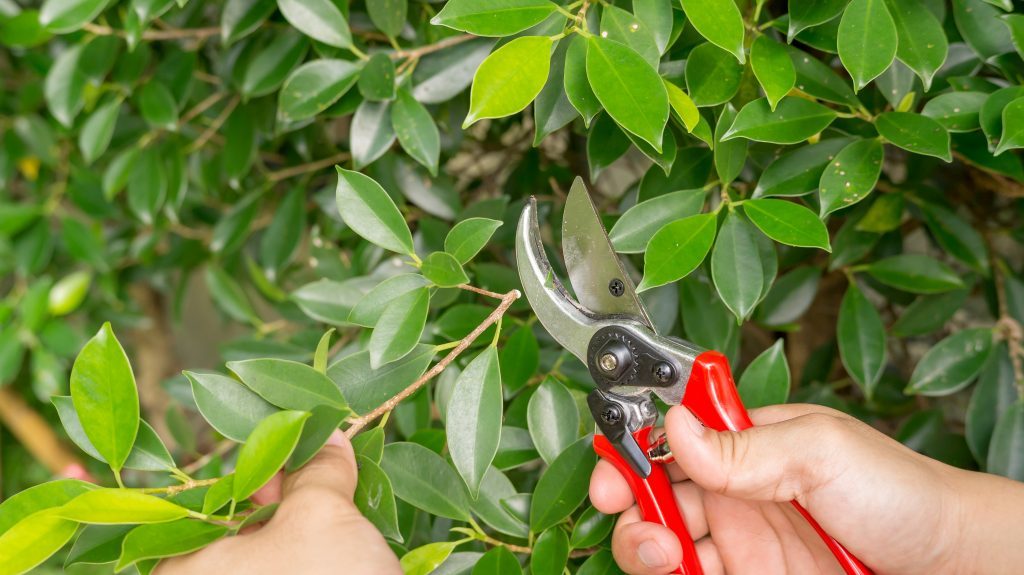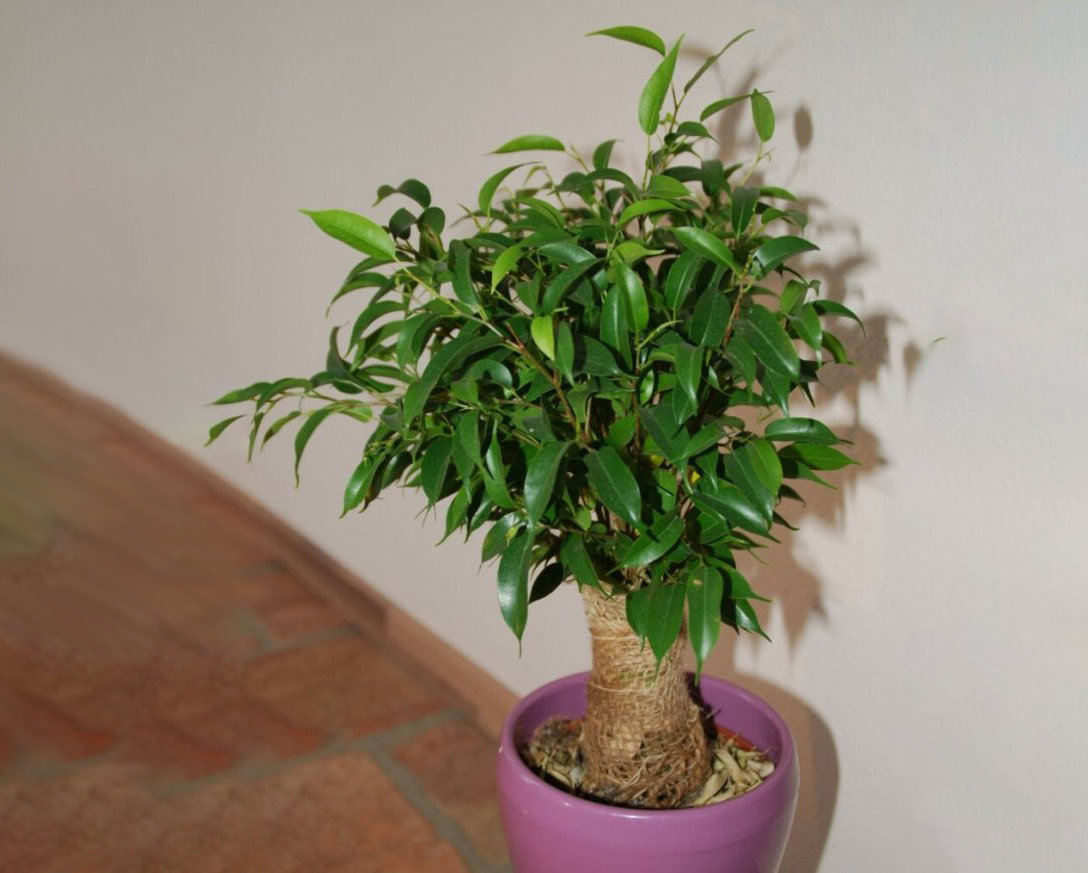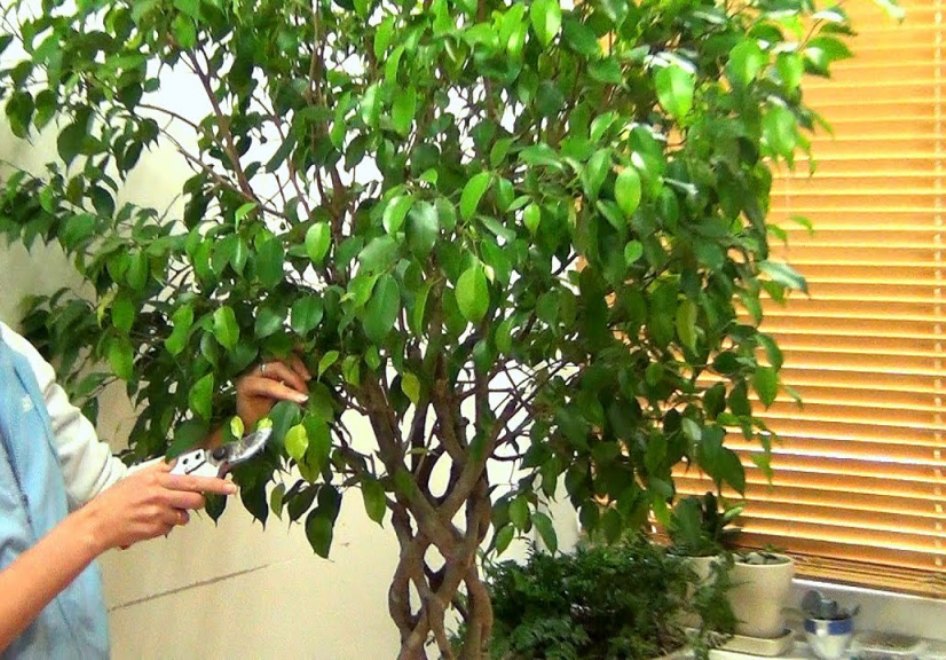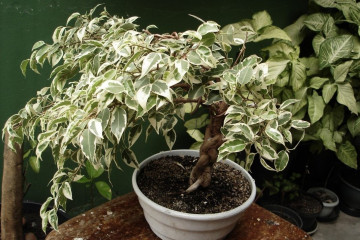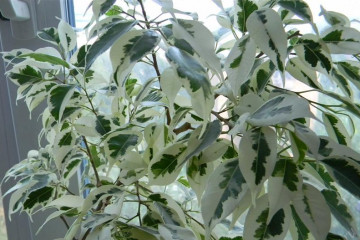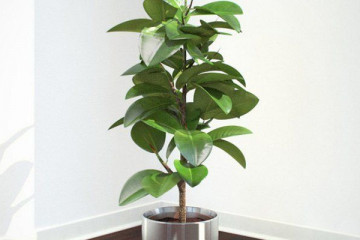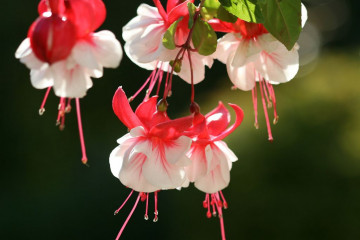Pruning ficus Benjamin at home
Content:
Many people know the Benjamin ficus plant. It is used as a room in apartments and houses, unpretentious in maintenance and goes well with any style of the room. Ficus has been pleasing with its greenery for many years and, with proper care, can reach more than two meters in height.
What is pruning for?
To make the crown of the ficus fluffy, it is periodically pruned. The operation is performed according to certain rules. Pruning Benjamin ficus at home is the main stage of plant care and makes it possible to form a tree of the desired configuration.
Features of the process are associated with the development of ficus. His branches develop from shoots, and those, in turn, are formed from buds. The kidneys themselves are of two types:
- Growing from the top of the trunk and allowing the plant to develop in height.
- Lateral shoots giving crown density. They are located along the entire trunk.
The rapid development of the upper buds leads to the fact that the ficus grows intensively. When they are removed, lateral shoots begin to grow, making it branchy and lush.
Trim time and tool preparation
Spring is a time of active growth, while with the onset of cold weather the process slows down. Pruning is best done during warmer months.
Shaping and pruning of the crown of the ficus is carried out when the trunk is still young and not stiff. Subsequently, such an intervention can become fatal for the plant, and if it survives, it will take a long time to restore strength.
For proper pruning, prepare:
- secateurs;
- sterile napkin;
- activated or charcoal;
- a disinfectant such as rubbing alcohol or a weak solution of potassium permanganate.
Before starting work, the pruner is disinfected so as not to infect the plant when cut.
General rules for pruning ficus Benjamin
Florists advise pruning Benjamin's ficus for the following purposes:
- For plant rejuvenation. After the procedure, the trunk and branches begin to grow actively, which has a positive effect on the maturation of the ficus.
- Improvements in appearance. You can create a design for a specific room.
- Stimulating branching. With the correct procedure, it is possible to model how and in what quantity the branches will grow, as well as their size in the future.
- Sanitization of the plant. In the process of growth, dry and infected shoots are removed.
The formation of a lush crown is achieved by pinching off the shoot growing at the very top of the stem. It is called a growth point. It is best to do this one or two weeks before the transplant. Active growth implies a great need for nutrients, so top dressing is imperative.
How to prune Benjamin's ficus? Step-by-step method of pruning ficus Benjamin:
- The plant is prepared for the procedure, cleaned and watered.
- Use pre-disinfected gardening tools.
- A cut on thin branches is made straight, and thick ones are shortened obliquely.
- At the end of the procedure, the instrument is disinfected, for which the sections are treated with wood ash. Before this, the juice is removed with a napkin.
- Starting to form a crown, they are guided by a natural silhouette.
- Each movement of the scissors must be verified so that in the end the ficus becomes a beautiful, not a plucked flower.
- Branches that spoil the appearance of the plant are removed.
- The upper shoots and branches growing parallel to the trunk are cut off.
At home, crown formation is carried out until the flower reaches three years of age. If the plant is sick, then it is better to postpone the pruning procedure for a while.
Pruning to rejuvenate the plant
The procedure is carried out to make the tree more attractive and lush. With rejuvenating pruning, shoots that are too long and crooked are removed, as well as branches that have begun to dry out and shed their leaves.
Sanitary pruning
Proper care of a flower requires not only watering and feeding it on time, but also protecting it from diseases by sanitary pruning. In this case, you can give the crown the desired shape. The procedure has the following goals: removal of dried, yellowed or infected branches and leaves; getting rid of the trunk from crooked and affected shoots.
The damaged part of the plant is removed to the base, this will reduce the risk of spreading the infection. If part of the root is affected, then it is cut off with a piece of healthy tissue and do not forget to treat the problem area with disinfecting compounds. This will protect the flower from death.
Formation of a beautiful crown and general appearance
The creation of the desired crown shape begins with modeling the location and density of the upper and lateral shoots.
There are several options for the crown:
- Bushy. Take ficus, the age of which does not exceed two years, and pinch the upper shoot at a height of 10-15 cm. The lateral buds that give rise do not affect. The procedure is repeated as the tree grows. With repeated manipulations, excess shoots are removed, giving unnecessary density and interfering with the normal development of other branches. To ensure uniform growth, the pot is periodically turned on the windowsill for uniform access to sunlight.
- Crown Shtamb. Its formation begins almost immediately after planting the ficus. For modeling, about five healthy kidneys are left on the trunk, and the rest are completely removed. When the height of the plant exceeds forty centimeters, pinch the top. Gradually, the silhouette of a palm tree from leaves on a long and beautiful trunk begins to form. The branches are periodically thinned out and the plant is turned with different sides to the light.
- Crohn's Tier. They are created from an already formed standard plant, in which the top is not cut off immediately, but grows another ten centimeters and only then it is pinched. Lateral branches from the lower tier are completely removed, as well as shoots that create excessive crown density.
Root pruning
Sometimes it is recommended to remove not only the branches, but also the roots of the plant, which interfere with development. Such work requires accuracy and care, since the health of the flower depends on it. Usually the root is removed when it is infected and the ficus needs a transplant:
- After cleaning from the ground, the roots are placed in an antiseptic solution.
- Then the injured and interfering processes are removed.
- The sections are sprinkled with activated carbon dust.
- Ficus is planted in another container.
Creation of unusual shapes
There are many options for creating interesting ficus shapes. Florists are attracted by shapes in the form of a spiral or a fence, someone may be interested in a braided pigtail. For this, sprouts are planted in a strict sequence.The result of painstaking work will delight you with unusual beauty, if you use the right preparation scheme.
Post-pruning activities
After pruning, experts recommend several additional steps to help the plant develop quickly after stress. With the help of a sterile napkin, remove all the milk that will be secreted by the slices. This should be done until the surface is completely dry. Remove the flower away from the bright sun. Water the plant strictly on schedule, avoiding stagnant water. Feeding is carried out, but not earlier than a few weeks after pruning.
When pruning, follow the movements so as not to inflict wounds. This can cause infection of the ficus, weaken its strength and even destroy the flower.
It is not difficult to prune Benjamin's ficus, but after that you should properly care for it. It is better to choose the warm months for the procedure, but if the need arose, November is suitable for this purpose. With the correct pruning, you can get an interesting look of a flower that will decorate the house.
